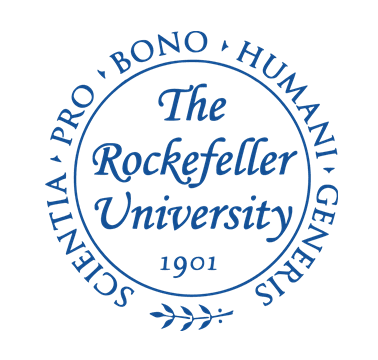Timeframe: 2013 – 2014
Goal: Identify genetic mutations in FLC
Principal Investigator: Sandy Simon, PhD

Study background: The goal of this project was to identify genetic mutations present in FLC. Identification of mutations common in FLC tumors is critical to enhancing the understanding of the underlying biology of this tumor and allow for development of novel therapeutics.
Specifically, the study planned to:
- Sequence the whole genome (the DNA) of ten fibrolamellar tumors and, for the same ten tumors, the DNA of
the adjacent normal tissue. - For both the tumor and the adjacent normal tissue, sequence the messages (mRNA) that encode protein – in a technique referred to as RNAseq.
- For both the tumor and the adjacent normal tissue, sequence the small RNA molecules that do not encode for proteins, but that are involved in regulation of gene expression – and which have been shown to be critical in many cancers.
Specific aims of the study included:
- Comparing tumor and adjacent tissue to reveal alterations that are specific to the transformation of a fibrolamellar tumor cell.
- Comparing fibrolamellar tumors with classic viral- or cirrhosis-related HCC to reveal to what extent these are completely independent diseases, or if they are somehow related.
- Identifying any common alterations in the fibrolamellar tumors that may help to either identify markers to look for in patients to help follow or localize the disease and suggest therapeutic interventions for either targeting the tumor cells or potentially turning off the alteration driving the tumor.
The sequencing work leveraged the capabilities of the New York Genome Center.
Results: This research determined that a unique genetic mutation, a chimeric gene fusion, was common across all FLC tissue samples studied. Specifically, the study:
- identified (from whole-genome sequencing) a 400 kb heterozygous deletion on chromosome 19 in ten out of ten FLC patients tested, and
- detected (via whole-transcriptome analysis) a chimeric DNAJB1- PRKACA RNA transcript in 12 of 12 patients tested.
The identified fusion transcript was shown to encode a chimeric DNAJB1-PRKACA protein that couples a segment of the heat shock protein, DNAJB1, with the catalytic domain of protein kinase A (PKA) and exhibits full retention of PKA activity. Neither the genomic deletion, the chimeric transcript, nor the chimera protein were present in any matched normal liver samples tested.
This research was conducted at the Tucker Davis Research Facility at Rockefeller University, led by Dr. Sandy Simon. His daughter Elana, a fibrolamellar patient, was a lead researcher. The results were published in the preeminent medical journal Science and reported in The Wall Street Journal, US News and World Report, AP, The Today Show, NBC Nightly News, and presented to President Obama.

Click here to read or download the resulting article “Detection of a Recurrent DNAJB1-PRKACA Chimeric Transcript in Fibrolamellar Hepatocellular Carcinoma”, published in Science in February 2014.
Implications: This research ultimately resulted in the game-changing discovery that a unique genetic mutation, a chimeric gene, was common to all fibrolamellar tissues studied. While the role of the DNAJB1-PRKACA chimera in the pathogenesis of FLC was not confirmed until later studies, this effort raised the possibility that it contributes to the pathogenesis of the tumor and may represent an important therapeutic target.
Shortly after the publication of the study, Sandy Simon commented on the implications of the research:
“Thanks to the support of the Fibrolamellar Cancer Foundation, we have identified a consistent alteration in the DNA of the fibrolamellar tumor – an alteration that was found in the tumors of every patient tested. The next necessary steps are to develop both diagnostics and therapeutics. The results demonstrate that there is a single genetic alteration which is found only in the tumor. It is not genetically inherited. Thus, if it is detected early enough and fully cut out, the cancer may not recur. “
Sandy Simon, PhD
